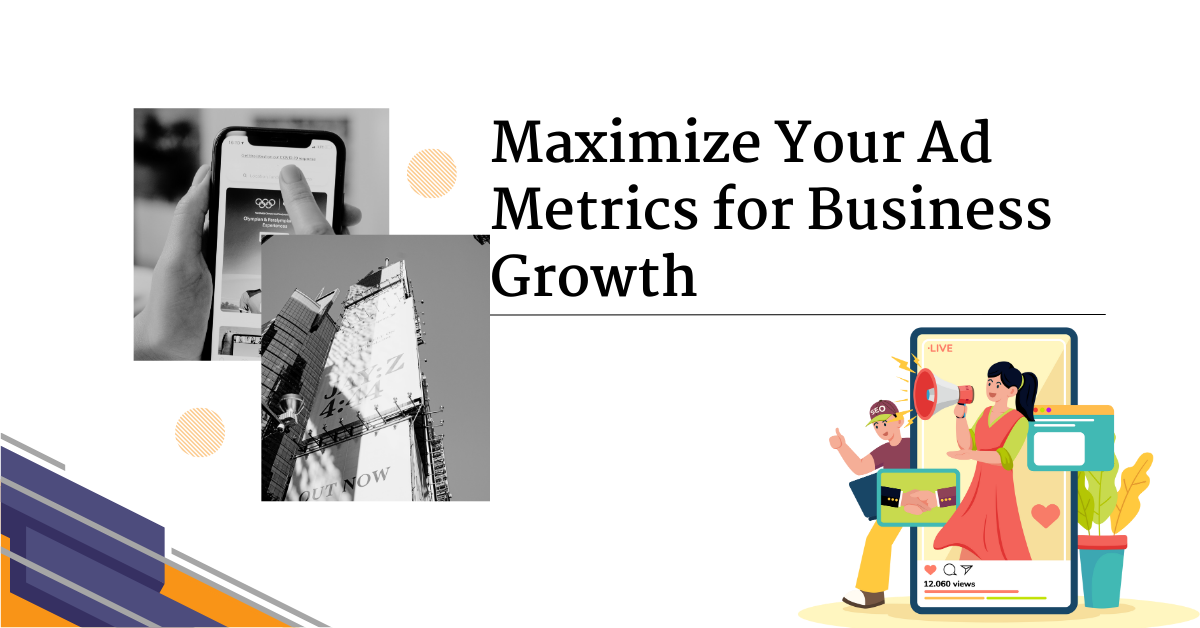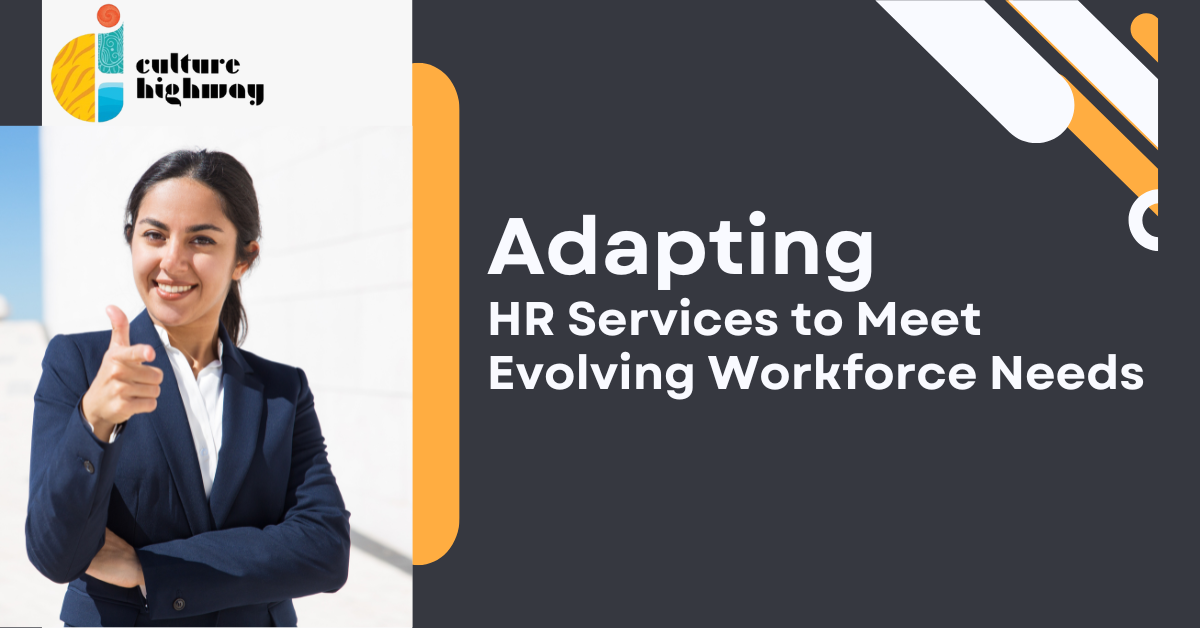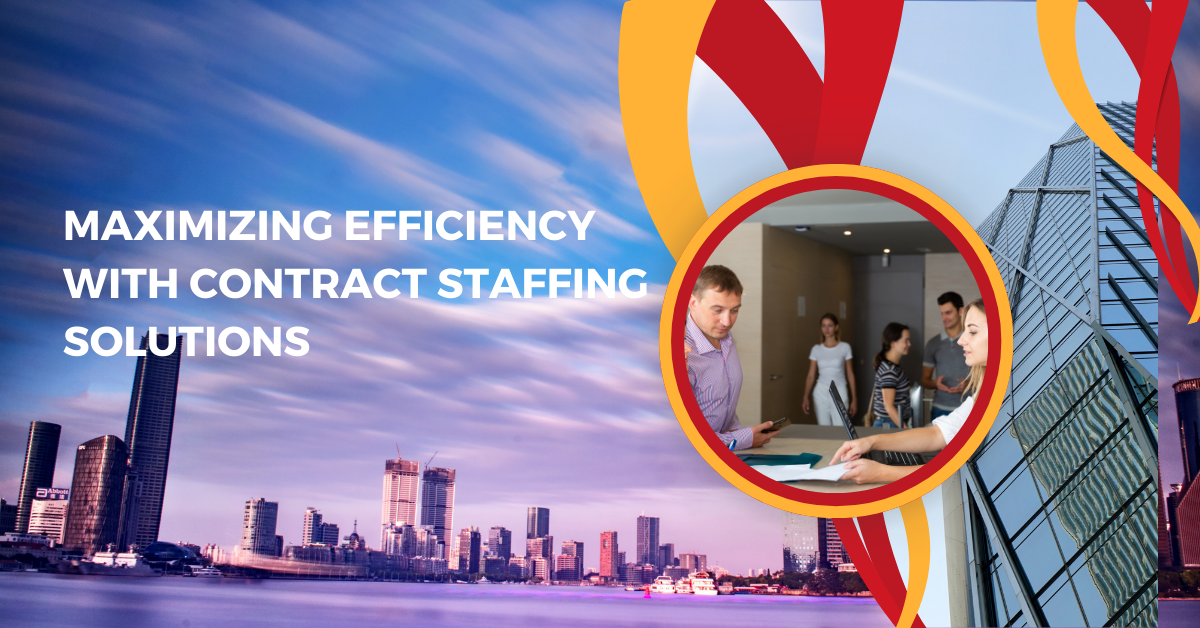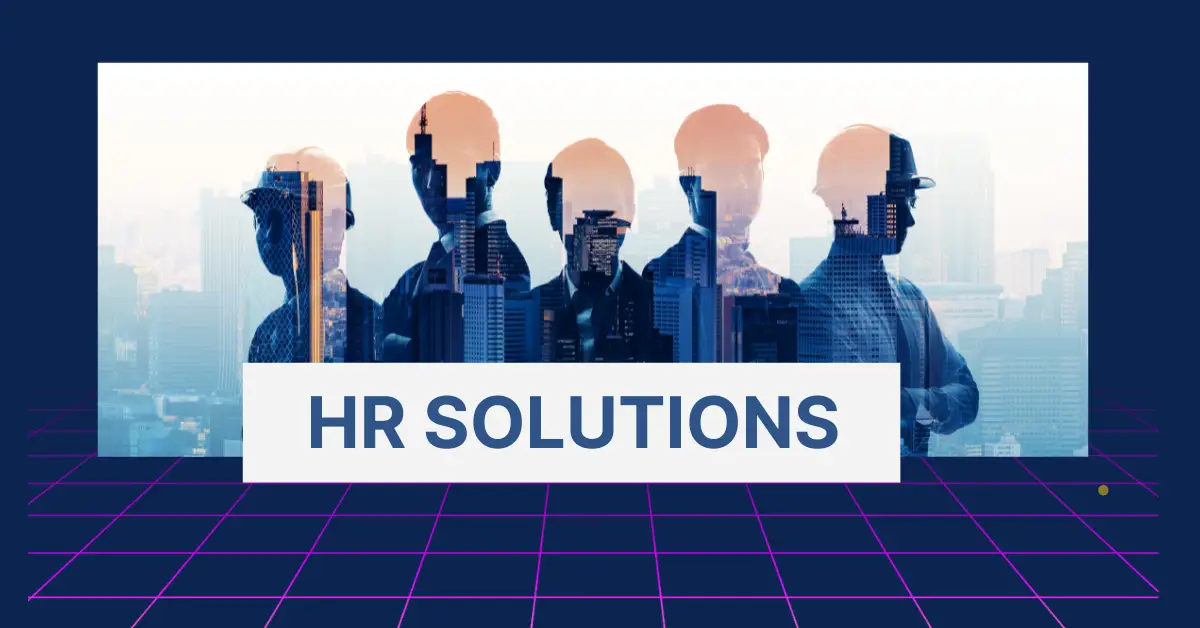Maximize Your Ad Metrics for Business Growth
The secret to a successful advertising campaign lies in understanding key performance metrics and using them to fine-tune your strategies. Whether you’re a seasoned digital marketer or a business owner eager to improve your ad campaigns, this guide will walk you through the process of maximizing your advertising performance metrics.
Key Takeaways:
- Set clear, measurable advertising goals.
- Understand critical performance metrics.
- Leverage platform-specific features to optimize ads.
- Embrace performance-based models to track ROI efficiently.
1. Setting Clear Advertising Goals
Effective advertising begins with a clear understanding of your objectives. Whether you’re looking to raise brand awareness, drive website traffic, or boost sales, your goals should be well-defined and aligned with your business’s overall mission. Clear goals provide direction, guiding your advertising efforts to ensure every dollar spent brings measurable returns.
Increasing Brand Awareness: Broaden your reach and ensure more people are aware of your product.
Driving Website Traffic: Encourage more visitors to check out your online presence.
Boosting Sales: Directly increase conversions with compelling offers.
Enhancing Customer Engagement: Foster deeper interactions with your brand via social media, comments, and shares.
Setting these goals is not just about making them specific; it’s about making them measurable. This enables you to track progress and refine strategies, ultimately enhancing your ROI.
2. Understanding Advertising Performance Metrics
What does advertising performance actually mean? Simply put, it’s how well your ads are doing in the marketplace. But how do you measure success? Here are some essential metrics you need to keep an eye on:
Impressions: The number of times your ad is viewed.
Click-Through Rate (CTR): The percentage of viewers who click on your ad.
Conversion Rate: The percentage of clicks that result in a meaningful action, like a sale.
Cost Per Acquisition (CPA): The amount spent to acquire one customer.
Return on Ad Spend (ROAS): How much revenue is generated for every dollar spent on ads.
Each metric provides valuable insights into different aspects of your campaign. Understanding them allows you to optimize and allocate your budget wisely, making sure you’re getting the most out of every rupee.
3. Maximizing ROI Through Effective Ad Platforms
Different advertising platforms offer unique benefits. By utilizing them properly, you can drive engagement and improve your overall ROI. Here’s a breakdown of the key platforms and how to maximize performance:
Google Search Ads: These ads target users actively searching for your products. Focus on selecting the right keywords, as this is essential for effective visibility. The Quality Score and Ad Rank determine your ad’s positioning, making it crucial to optimize for relevance and click-through rates.
YouTube Ads: Video ads offer a powerful medium for storytelling. Metrics like view rate and average watch time help you gauge the level of engagement. Engaging video content can significantly enhance your campaign’s success.
Social Media Ads: Platforms like Facebook, Instagram, and LinkedIn offer extensive targeting options. Monitor engagement rates and reach to gauge how well your content resonates with the audience. Tailor your ads to fit the platform’s strengths for better engagement.
Email Ads: Despite the rise of social media, email remains a high-performing tool. Track metrics like open rate and click-through rate to understand how well your email campaigns perform. Personalizing emails and aligning them with customer interests can boost conversions.
4. The Power of Pay-Per-Performance Advertising
Adopting a Pay-per-Performance model means paying only for specific actions, such as clicks or conversions. This approach minimizes financial risk and ensures that ad spend aligns directly with measurable results.
Popular models include:
Cost per Click (CPC): Pay only when someone clicks your ad.
Cost per Acquisition (CPA): Pay when a user takes a desired action, such as making a purchase.
This results-driven model allows businesses to focus on campaigns that deliver tangible benefits. By clearly defining performance metrics, you ensure that every action can be measured and improved, driving better ROI.
Maximizing your advertising performance metrics is not a one-time task; it’s an ongoing process. By setting clear, measurable goals, understanding key performance metrics, leveraging the right platforms, and adopting pay-per-performance models, you can optimize your campaigns to achieve better results.






